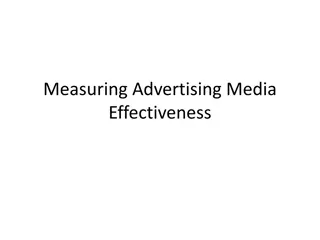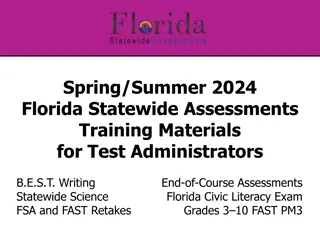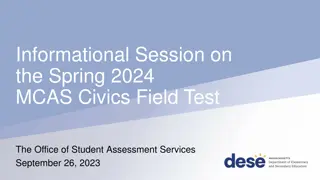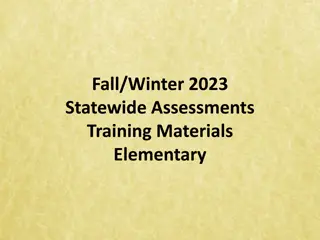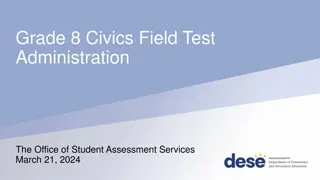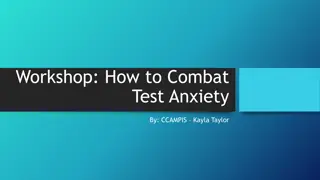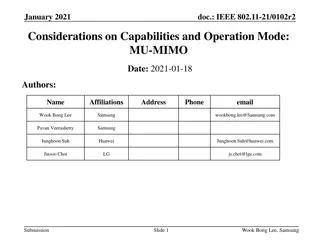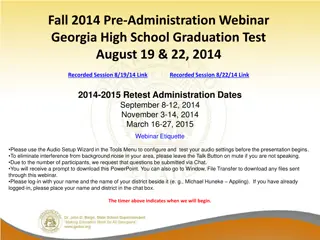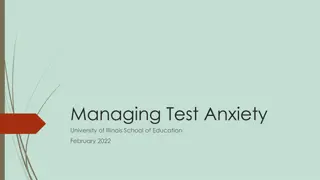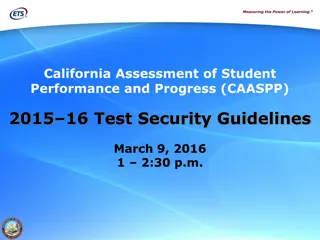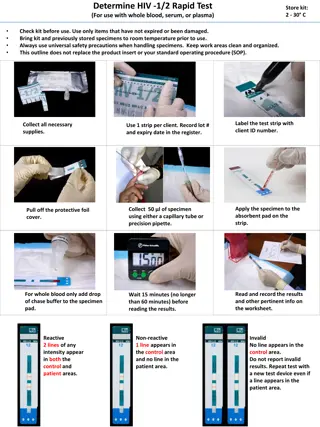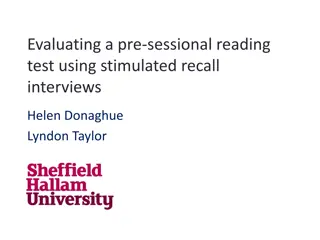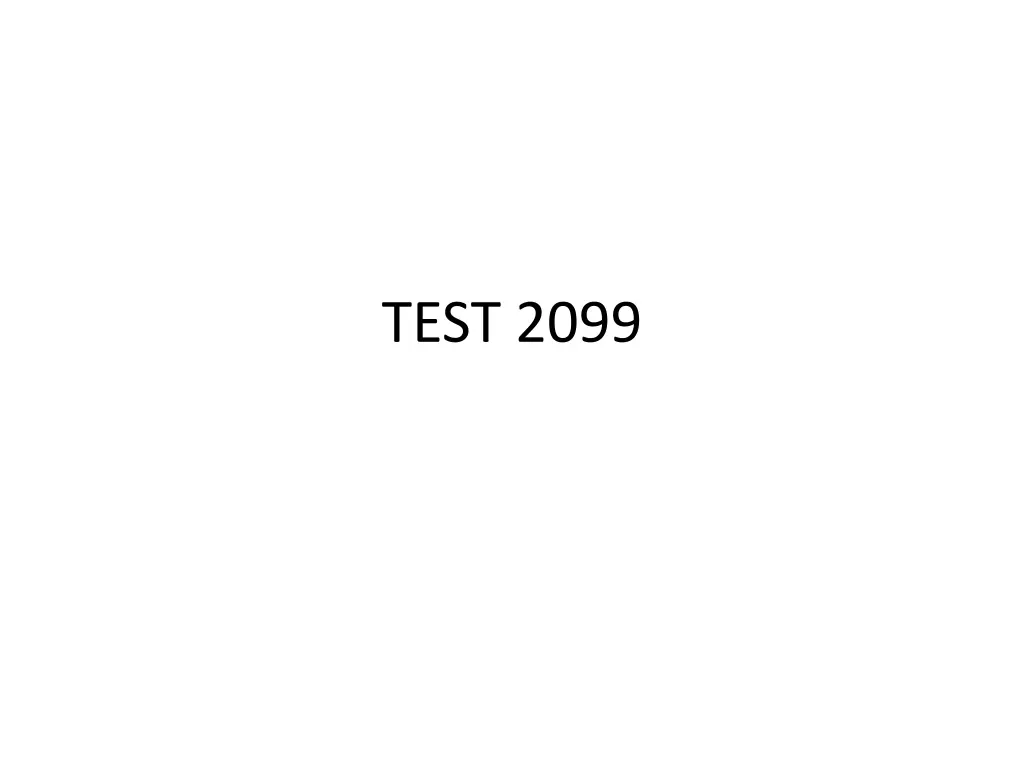
Ship Operations and Military Commands Quiz
Test your knowledge with this quiz covering various topics related to ship operations, military commands, and general military knowledge. Questions range from squad composition to amphibious operations and cloud formation. Challenge yourself and learn in the process!
Download Presentation

Please find below an Image/Link to download the presentation.
The content on the website is provided AS IS for your information and personal use only. It may not be sold, licensed, or shared on other websites without obtaining consent from the author. If you encounter any issues during the download, it is possible that the publisher has removed the file from their server.
You are allowed to download the files provided on this website for personal or commercial use, subject to the condition that they are used lawfully. All files are the property of their respective owners.
The content on the website is provided AS IS for your information and personal use only. It may not be sold, licensed, or shared on other websites without obtaining consent from the author.
E N D
Presentation Transcript
1. How many individuals make up a squad? A) 8 to 12 B) 9 to 11 C) 4 to 6 D) 5 to 10
2. What is the large pipe through which the cable passes from the deck to the ships side called? A) Chain shot B) Hawsepipe C) Vang D) Swivel shot
3. ____________________ tends to right a ship when it rolls. A) Torque B) Buoyancy C) Ballast D) Density
4. What are the possible objectives of amphibious operations? A) Capture territory from which a land campaign can be launched and supported. B) Capture a land area from which air operations can be launched and supported. C) Prevent enemy use of selected territory or facilities D) All of the answers are correct.
5. After a company is formed by an officer, the officer gives the command _________ at which time each platoon commander salutes and says Sir/Ma am, all present or accounted for, or Sir/Ma am, cadets absent. A) At close Interval, FALL IN B) REPORT C) POST D) FALL IN
6. Clouds are formed by A) Moisture from frozen carbon dioxide B) Ice crystals meeting silver iodide in the upper atmosphere C) moisture droplets D) rising moisture from the earth that condenses when it meets cooler air aloft
7. Desires are things you want either for yourself or those you care for, while beliefs are strong and deeply held ________ that shape your thinking. A) values B) emotions C) ideas D) perceptions
8. What is concerned with the general plan for the employment of the nations fighting forces? A) Strategy B) Policy C) Tactics D) Logistics
9. What is the organization responsible for carrying out the intelligence mission of the Navy? A) NCIS B) NIMA C) ONI D) NRO
10. Which of these relief indicators is correctly defined? A) Shaded relief: different bands of colors indicating elevation ranges B) Form lines: dashed lines on a map without elevation numbers that give only a general idea of relief. C) Layer tinting: a shadow effect on one side of terrain features, with the darker areas indicating the steepest slopes. D) Hachures: bold lines showing large rocky outcroppigns and sometimes mountain ranges and plateaus
11. To which Navy Regulations article does the following regard? Except as may be authorized by the Secretary of the Navy, the introduction, possession, or use of alcoholic beverages on board any ship, craft, aircraft, or in any vehicle of the Department of the Navy is prohibited. A) Article 1165 B) Article 1151 C) Article 1164 D) Article 1162
12. From the standpoint of the propellant, what kind of gun ammunition is used most in the active fleet today? A) Semifixed/Unfixed B) All of the answers are correct C) Unfixed/Fixed D) Fixed/Semifixed
13. What is the front part of a ship called? A) Starboard B) Stern C) Bow D) Athwartship
14. A substance that has few free electrons is called A) an insulator B) Ionic C) Electron deficient D) A conductor
15. When forming the platoon for physical drill, what is the command given by the platoon commander in order to designate odd and even ranks? A) Take Interval to the Left, MARCH B) From Rear to Front, Count, OFF C) From Front to Rear, Count OFF D) Assemble, MARCH
16. What award is given to those cadets who demonstrate an exceptional military aptitude and dedication to the NJROTC program? A) Distinguished Cadet Award B) Meritorious Cadet Achievement Award C) Honor Cadet Award D) Military Aptitude Award
17. Which of the following is the most accurate description of a secondary jungle? A) A jungle of very dense growth of vegetation at ground level. B) A jungle with large trees and a network of vines. C) The most difficult terrain in which to travel and find food. D) A swamp of tangled roots and branches along a tropical seashore.
18. During all drill movements, the unit leader remains centered at a distance of __________ from the squad. A) 4 paces B) 3 paces C) 5 paces D) 2 paces
19. The term element in military drill refers to A) only the squads in the platoon B) only the individual cadets C) any unit which is part of a larger unit D) only the platoons in a company
20. What areas did the hijacked planes of September 11 impact? A) Western Pennsylvania B) The Pentagon, Washington DC C) The World Trade Center, New York City D) All of the answers are correct
21. What term is used to refer to the concealing of true motivations for ones thoughts or actions by explaining them in a more reassuring way? A) Denial B) Repression C) Rationalization D) Displacement
22. What is another name for the deck edge where the main deck meets with the shell or side plating? A) Fantail B) Gunwale C) Transverse frame D) Longitudinal frame
23. A reduction in rank/grade is based on unacceptable performance and is called a A) demerit B) deduction C) demolition D) demotion
24. Which readiness condition provides the most protection, is set before going to sea when entering a port during war? A) ALPHA B) YOKE C) ZEBRA D) BETA
25. How is passage controlled through manmade canals such as the Suez and Panama canals? A) By the private companies that built them. B) There is no official control; they are open to the ships of all nations C) By agreement of the countries most concerned D) By the country in which they were built

